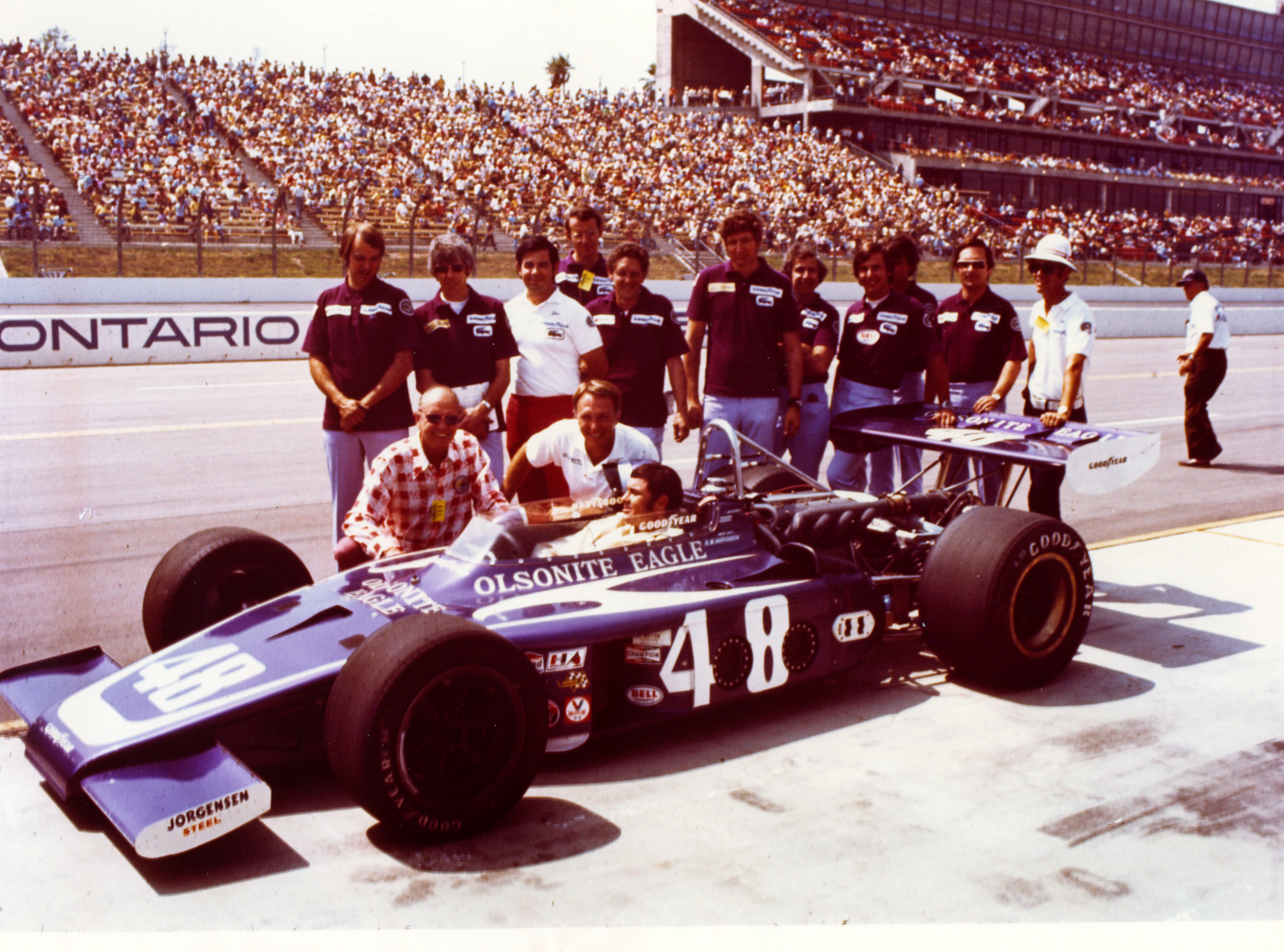The search for speed has motivated every racer since the dawn of the sport, obsessively driving them to go as fast as possible in pursuit of victory. In those early days, of course, the velocities being chased were much lower than those eventually achieved, and the cars were rudimentary relics in comparison with the ground-based missiles they would become. With the passage of time, the accumulation of automotive knowledge fostered advances in technology that raised the rate at which the races were run and, while dutifully witnessing this progress, the sport’s dedicated corps of reporters and record-keepers made careful note of each new milestone marked and barrier broken.
The fastest track of all was usually the Indianapolis Motor Speedway, which measured 2.5 miles in length. Built by developer Carl Fisher and opened in 1909, the four-cornered “Brickyard” gave drivers ample room to explore the limits of their machines. Although starting positions for 1911’s inaugural Indianapolis 500 were determined by the order in which the entries were received, precisely measured qualifying laps — called Time Trials — were soon adopted to set the starting lineup, and in 1916 Indy’s 100 mph barrier was broken by no less than Barney Oldfield, who stopped the clocks at 1:27.70, for an average lap speed of 102.623mph.
No Subscription? You’re missing out
Get immediate ad-free access to all our premium content.
Get Started



